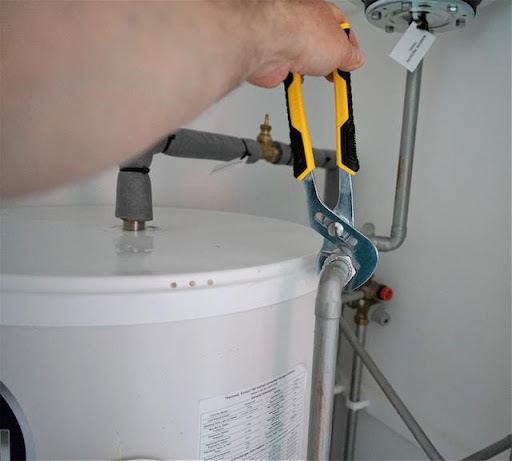
Sustainable kitchen plumbing systems permit responsible use of natural resources in your home. Novel Management says they play a key role in improving the home’s overall sustainability. Adding this kind of plumbing to your kitchen is one of the best ways to radically enhance your home’s efficiency.
By reducing water wastage, environmentally-friendly plumbing systems help reduce short-term costs and offer unexpected long-term benefits. There are several reasons to replace your kitchen’s plumbing with these sustainable options.
Why your kitchen needs sustainable plumbing
Although there are numerous ways to improve sustainability in the home, none is as effective as those methods that cut down on water usage. That’s because water is the most valuable natural resource on the planet. Any step that prioritizes water conservation will go a long way.
Sustainable kitchen plumbing helps to reduce water wastage. Other benefits of these improved plumbing systems include:
Increased durability of plumbing systems
This is due to the superior durability of sustainable plumbing materials like PEX piping compared to traditional pipe materials. Their longer lifespan means you can reduce replacement waste.
Significantly lower your home’s energy costs
You can achieve massive cuts in your home’s monthly energy bill by using materials that minimize heat loss while actively encouraging heat recovery.
Radically improve your home’s market value
Installing sustainable plumbing in the kitchen will make your home more attractive to buyers because maintenance cost is one of homebuyers’ biggest concerns.
The top sustainable kitchen plumbing solutions for your home

Here are a few ways to begin the process of making your kitchen plumbing more sustainable:
Low-flow faucets
The best place to start is by installing low-flow faucets in the kitchen. Regular faucets supply more water than you need. They increase your kitchen’s carbon footprint and keep the water bill unnecessarily high. Conversely, low-flow faucets help conserve resources by delivering just the right amount of water. Installing this type of faucet does not impair the function of your kitchen. Furthermore, this is a relatively inexpensive addition to the kitchen.
Touchless faucets
Even with a low-flow faucet installed in the sink, it is still possible to waste water in your kitchen. That can happen when you fail to turn off the faucet. To avoid this problem, you need a touchless faucet in the kitchen sink. Touchless faucets are equipped with a motion sensor; the faucet is only activated when your hand is near the sensor. Ensure that the touchless faucet you buy has low-flow capabilities.
Sustainable pipe materials
The three top sustainable pipe materials are PEX (cross-linked polyethylene), cast iron and reclaimed or recycled materials. Metal pipes – cast iron – are more durable than PEX. However, PEX pipes have a less resource-intensive manufacturing process. PEX pipes also have the added advantage of being flexible and slightly inflatable. That makes them less prone to damage; PEX pipes can withstand freezing temperatures without bursting.
Insulate plumbing pipes
Your home’s heating cost can be severely impacted by heat loss via the hot water pipes in the house. Water pipes can also freeze if the ambient temperature in the home drops. It increases the risk of pipe damage in your home. Also, you often have to leave taps open for a while to get rid of the cold water inside them before hot water can reach the faucet. This needless waste of time and water can be prevented by insulating the pipes in your kitchen.
Find and fix leaks
Efficient faucets and insulated water pipes will not make much difference if the water pipes in the home are leaking. A water leak does not have to be big to cause major problems. Apparently harmless issues like a running toilet or dripping faucet can waste huge quantities of water and hike your water bill. Pipe leaks inside the walls can damage the insulation and compromise your home’s energy efficiency.

Buy an energy-efficient water heater
Even when you are not using hot water, your water heater can keep heating and reheating water throughout the day. A water heater that heats water only when it is needed – a tankless water heater – is more efficient in this regard. The problem with tankless water heaters is they may not produce enough hot water to meet the needs of your home when demand is high. Solve this problem by installing a water heater in your kitchen.
Upgrade your dishwasher
An ENERGY STAR-certified dishwasher is the best option for your kitchen. They are 10% more efficient than standard dishwashers and use as much as 20% less water. Some dishwasher models even use three times less water than the average dishwasher. Energy-efficient dishwashers also have shorter rinse periods. Some of them come with a smart feature to help minimize demand on the water heater.
To sum up, the above is just a snippet of what you can do to improve the environmental sustainability of your kitchen plumbing systems. To fully explore the range of available eco-friendly kitchen plumbing options, you may want to get a professional to evaluate your kitchen’s plumbing.

